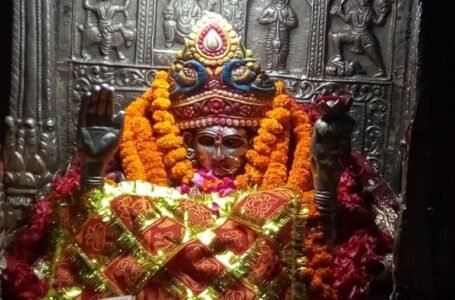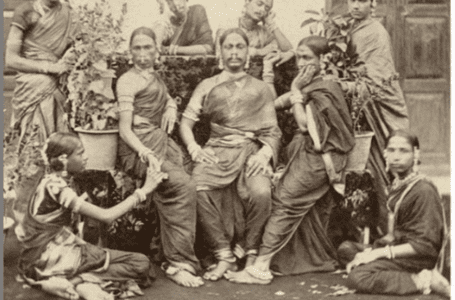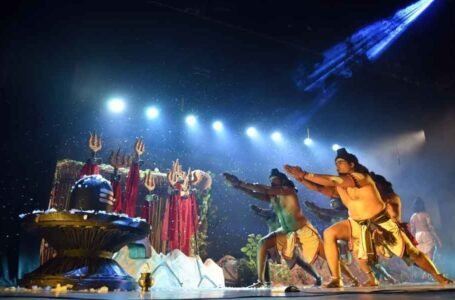POSHAK: MUGHAL DYNASTY ATTIRE
- Lifestyle Medieval history

Deepshikha
- March 11, 2022
- 0
- 2385
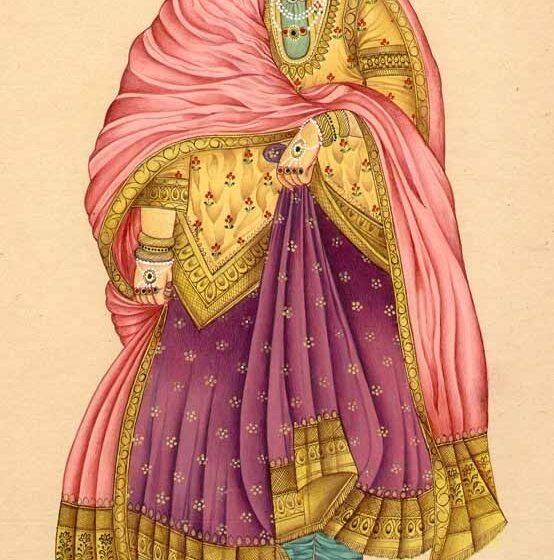
MUGHAL DYNASTY ATTIRE
Learning is a plant that grows in all chimes.
-Akbar
The Mughal Empire was a state prevailing on the Indian subcontinent from 1526 to 1858. The core of the empire was situated in the Northern Indian Indus Gangetic plains around the cities of Delhi, Agra, and Lahore. Sovereign as large territory of the Indian subcontinent with diversity of people and beliefs. was an enormously difficult task for any ruler to achieve in the Middle Ages.
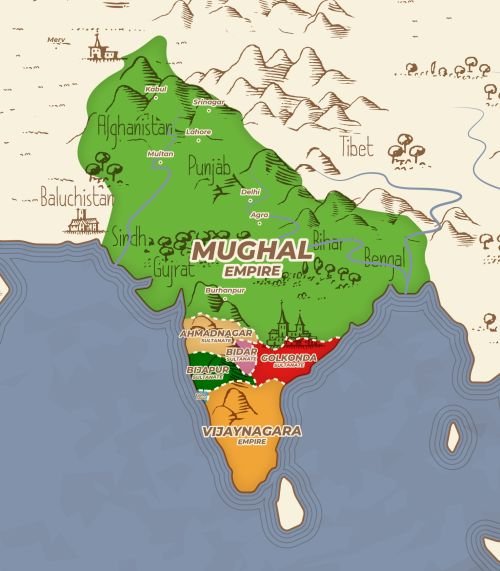
For more than two centuries of effective rule over much of India the Mughal dynasty was notable; throughout seven generations Mughal’s rule with an unusual talent and also maintained a record for its administrative organization. The decline of Mughal era leads to defeat against several serious military of Marathas, Persians and Afghans as well as the Escalation of the religious hatred within the country between Muslim “rulers’ caste” and the dominated majority population of the peasant Hindus.
The Last Grand Mughal of Delhi was overthrown by British in 1858 and merged his territory into British India. Their architecture, painting and poetry, have rich evidence influenced by Persian and India has been preserved as posterity.
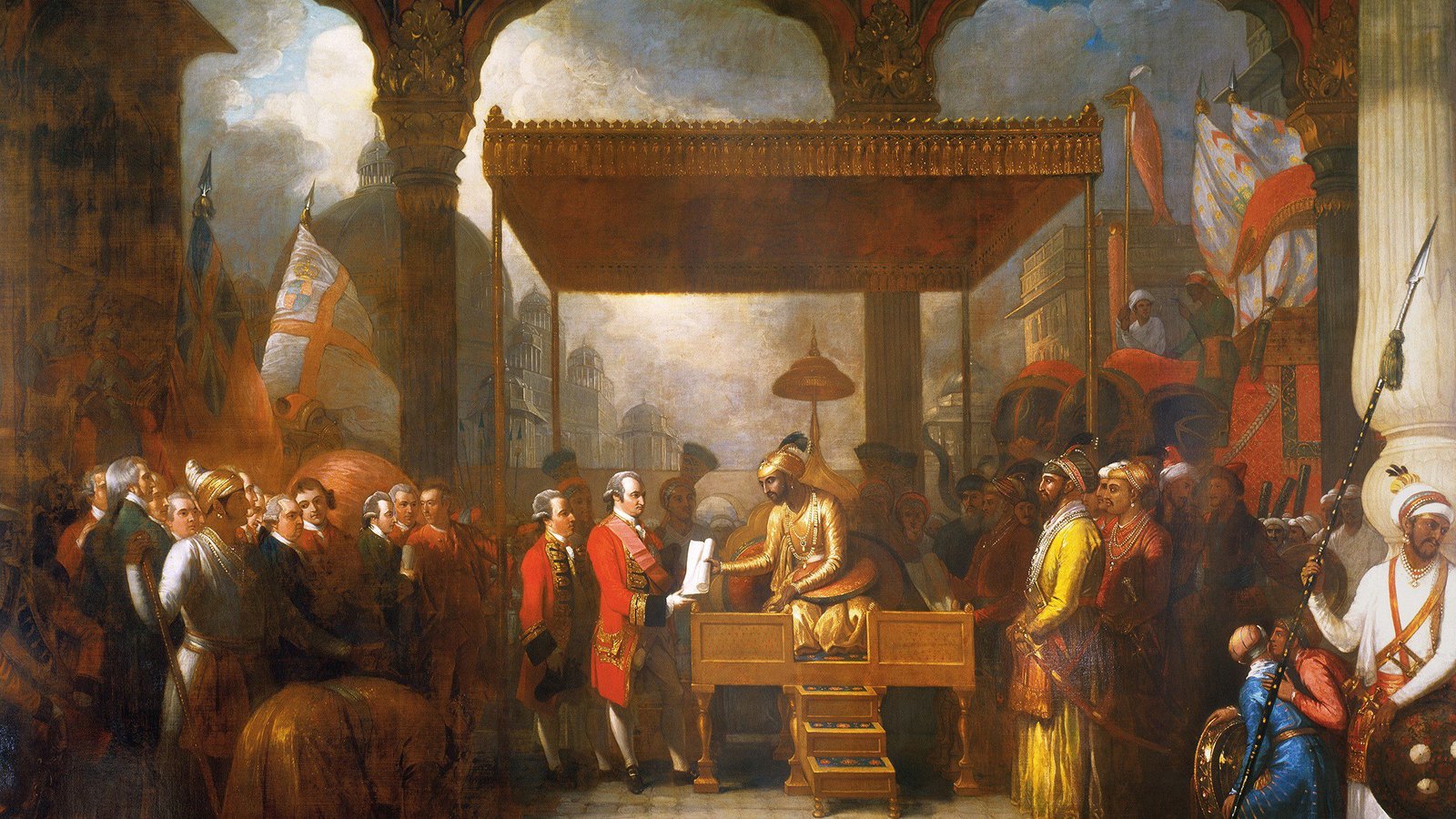
Style and Fashion are pleasure and privilege for those who had power, Culture and courage to accept the challenge of a change. The difference between the well-to-do classes and the masses was almost antipodal during the sultanate.
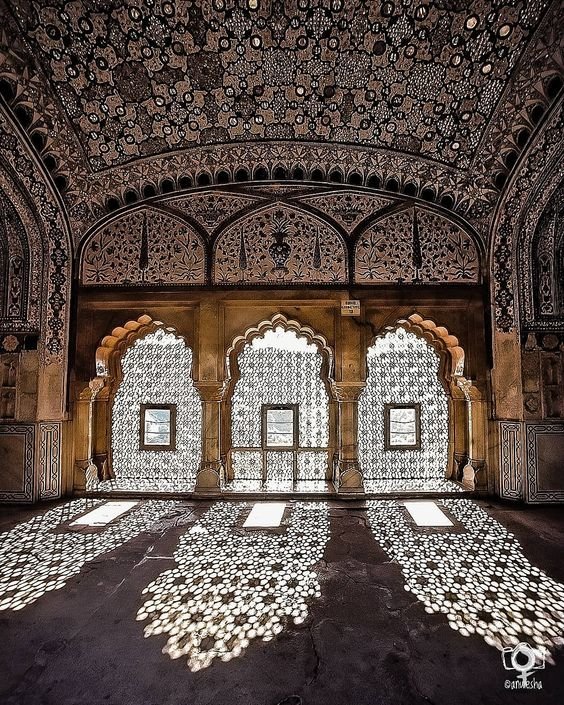
The people of ancient India logical outlook towards their outfit. But they were passionate about ornaments. The ladies and gentlemen of Mughal empire wore expensive and attractive clothes made from the finest textile and emphasize themselves with ornaments from head to toe. The Mughal Ladies wore clothes made from Silk, Brocades and velvets and also from the finest Muslins, Muslins used for their clothes were of three different types: Ab-e-Rawan, Baft Hawa and Shabnam. Shabnam muslins were imported from Dacca and were famous in Dhaka Malmal.
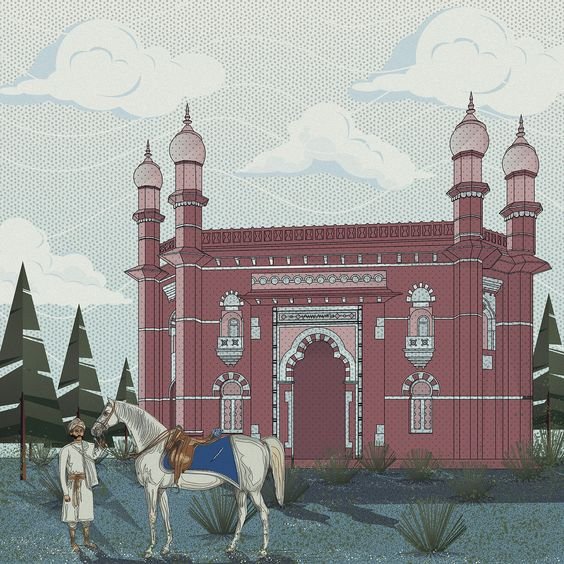
The Glamour of garments and the glitter of gold both are loved by the Muslims. But as it was, not an inch of bare skin was available except on the face and the hands, for ornamental exhibition. The disadvantage was fully compensated by bejewelling dresses and wearing ornaments over them.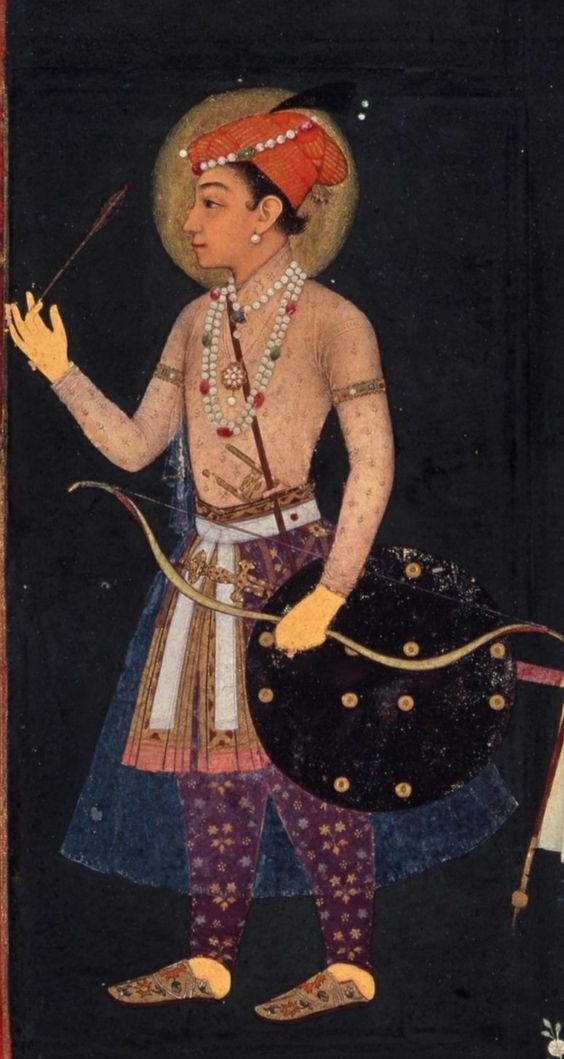
There was some change in Dress after Akbar ruled for four decades. Coats, the Turbans and the Trousers were the main elements of the costume. The Coat known as Jama and worn with the full sleeved undergarment and the coat was meant to be half-sleeved with three hanging V-shaped points in front and three at the back, the coat is fitted tightly from the upper body to waist and then like a skirt reached below the knees. A sash of gold brocade was displayed over a waistband of thin muslin. The motif on the hanging ends of the sash was geometrical, squares and triangles, and not floral. Trousers with puckers were visible below the lower edge of the Jama.

On the way to the end of sixteenth century, the Jama was made of a see-through cloth, so transparent as to make visible the trousers beneath. It was a summer garment. The costume had three varieties of Jama. The most common was the one reaching below the knee. The other had pointed ends, four around 1560 and six around 1580. Sometimes these points became very sharp and elongated, reaching almost to the ankles. There was a third type long enough to cover almost the whole of the trousers but it was not as popular as the first two. Sometimes the Jama had full sleeves.
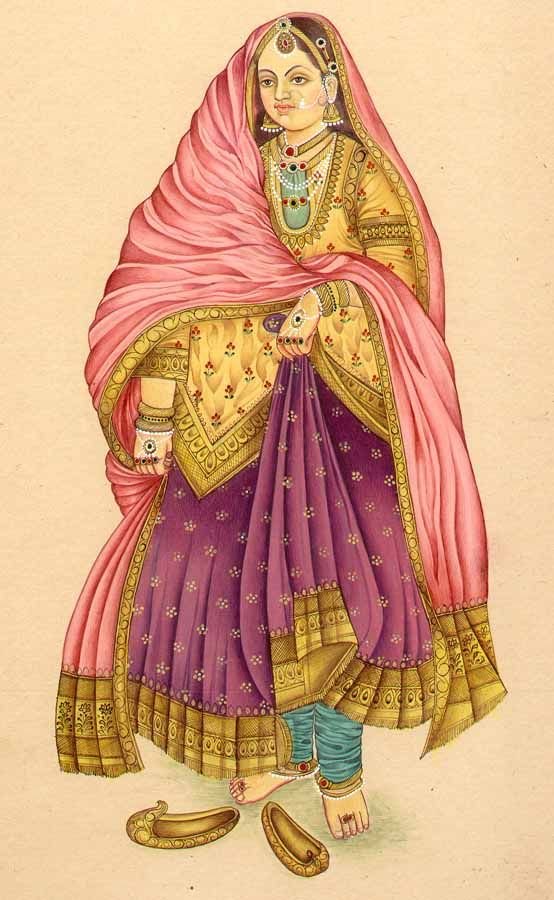
In northern India most women, however, were hesitant to copy an striking dress and sustained to prefer the half-sleeved bodice (choli), the ankle-length skirt (ghagra) and the head-scarf (orhni). The Blouse was fully embroidered at the neck and sleeves and the tasselled ends of the transparent orhni were decorated with pompoms. They were found on the strings that tied armlets and bracelets, on shoes at the end of dangling tassels, and on the hair. But wives of noblemen and officials and high-ranking ladies, bewitched with the magnetic influence and beauty of the Mughal fashion, adopted the Mughal jama with flowing skirt, the tight trousers and the orhni. The ends of a decorated sash worn underneath the jama are visible.

Mughal Empire was not a story to told anyone out here in present days, their Royalty is timeless.
